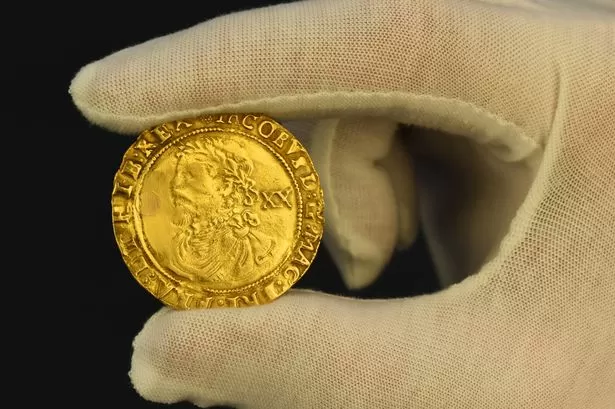Today, The National Archives has taken a significant step towards preserving our history by launching new guidance for archivists on rapid response collecting. This guidance is specifically designed to support archivists in collecting material in situations such as the aftermath of accidents, natural disasters, or protests. It also includes advice on the preservation of messages and objects left spontaneously by members of the public.
The role of an archivist is crucial in documenting and preserving our past for future generations. They are responsible for collecting, organizing, and preserving historical records and documents that provide insight into our society, culture, and way of life. However, in times of crisis or unexpected events, the task of collecting and preserving these materials becomes even more challenging.
In the face of disasters, accidents, or protests, people often leave behind messages and objects that hold significant historical value. These items can provide a unique perspective on the event and its impact on society. However, due to the spontaneous nature of these items, they can easily be lost or damaged if not collected and preserved promptly.
The new guidance from The National Archives aims to address this issue by providing archivists with a framework for rapid response collecting. It offers practical advice on how to collect, preserve, and document these materials in a timely and efficient manner. This guidance will not only benefit archivists but also the public, as it ensures that their messages and objects are properly recorded and preserved for future generations.
One of the key aspects of this guidance is the emphasis on the preservation of messages and objects left by members of the public. These items may include handwritten notes, photographs, or even physical objects that hold sentimental value to the individuals who left them. The guidance provides archivists with techniques and tools to ensure the safe handling and storage of these items, preserving them for years to come.
Moreover, the guidance also covers the recording of people’s experiences and perspectives during these events. In times of crisis, people often have a lot to say, and their voices deserve to be heard and preserved. The guidance encourages archivists to document these experiences through interviews, audio recordings, or written accounts. This will not only add depth to the historical record but also give a voice to those who may have been directly affected by the event.
The launch of this guidance is timely, as we have seen an increase in unexpected events and crises in recent years. From natural disasters to social and political movements, these events have a significant impact on our society and shape our future. The role of archivists in documenting and preserving these events is crucial, and this guidance will undoubtedly aid them in their efforts.
The National Archives has always been at the forefront of preserving our history, and this new guidance is a testament to their commitment. It not only provides practical advice for archivists but also highlights the importance of preserving our collective memory. As we move towards a more digital age, it is essential to have guidelines in place to ensure that our history is not lost or forgotten.
In conclusion, the launch of new guidance for archivists on rapid response collecting by The National Archives is a significant step towards preserving our history. It provides a framework for archivists to collect and preserve materials in times of crisis, ensuring that our collective memory is not lost. This guidance will not only benefit archivists but also the public, as it ensures that their voices and experiences are recorded and preserved for future generations. Let us all support and applaud this initiative by The National Archives, as it plays a crucial role in safeguarding our past for the future.










